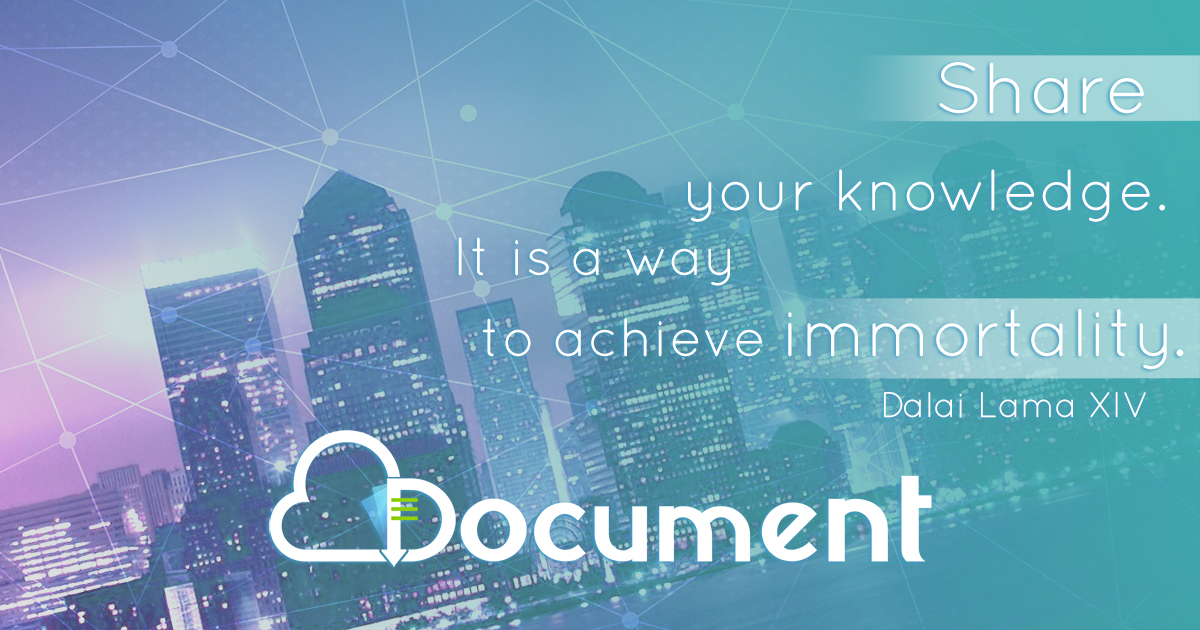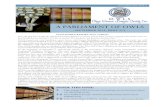AGE AND EMPLOYMENT Presentation by M. Chris Walsh Director Wise Owls Chair PEOPLE.
-
Upload
aditya-pooler -
Category
Documents
-
view
217 -
download
1
Transcript of AGE AND EMPLOYMENT Presentation by M. Chris Walsh Director Wise Owls Chair PEOPLE.
The demographics of older working people
• Each generation has specific characteristics – this, the baby boomer / older working age generation ( 50 – 65+) is no different.
• We have different histories, needs, enjoyments and concerns to those younger (under 50) and those older ( pensioners – or those just relying on pensions) and we differ between countries, gender, ethnicity + classes
• We all need properly paid work, equal access to training, adequate pensions and an understanding of our needs and contribution to society and the economy.
• Together with the recently retired (65 – 75 /80) and the elderly ( 80+)we make up the growing ranks of the silver economy
The divisions between us• There has been much made of how well off baby
boomers are and how we are taking the future wealth from our children.
• Research evidence shows this is a myth and that the reality is where there is age diversity there is a better economic and employment situation.
• However we must remember there are at least 3 types of baby boomer – those with high incomes, wealth and pensions – maybe already retired, those with average income, property, wealth and pension provision and worries, those without regular full time work, little pension provision, and inadequate wealth and property.
• These differences are often compounded by gender, class, ethnicity, health, region and occupation
The crisis affects us all• These differences / inequalities are becoming greater, over
the last 20 years and since the crisis starting 2008. A few have become considerably wealthier while many become poorer + more enter poverty
• The number of unemployed and out of work 50+ of working age has risen considerably (in UK 3.5 million).
• Redundancies – especially in the public sector have targeted the 50+ ( 64% in U.K. L.A.s).
• Pensions are being reduced + people have to work longer. • More older people are working part time• Women are the worst affected
Our great concerns
• Having an adequate income – regular work at a reasonable wage
• Having a future income – a pension ( state, employer and / or private) sufficient to live on
• Having the basic necessities- home, healthcare, security, access to goods /services
• Having a fulfilling life for yourself, your family and as part of a community
Do we care about others?
• Yes – our generation cares for our parents, our children & often our grandchildren.
• We are regularly exploited by the state – and our own families- as free carers, especially women
• This detracts from our own ability to generate current and future income / wealth plus develop our own skills
• Our own unemployment / poverty impacts on all generations of our families
What do we have to offer
• Experience
• Multi skills
• Work and caring, committed culture
• Value for money
• Loyalty
• Ability to learn and teach
• Team work and customer skills
What we need
• Fairness in recruitment, retention, promotion and redundancy
• Training and education
• Pension and public provision
• Flexible working
• An understanding and application of the benefits of age diversity in employment
• Support for a charter of rights
LEARNING AND TRAINING
• Equal access to full / part time education and training for all ages
• Training at work
• Training for the unemployed
• Training / education for students
• Continuous Professional Development
• Life Long Learning
What are older working age people like today +
• Ability to work in different situations
• Understanding of IT, and social networks
• Longer healthy living
• More disposable income and wealth
• Commitment to families
• Flexibility in work / life balance
• Ability / interest in travel, sport, entertainment, education
What are older working age people like today -
• Scared for their future
• Scared for their families future
• Facing poverty for selves / families
• Being on the ‘scrapheap’
• Being seen as a burden / barrier to youth
• Facing ageism / age discrimination
HOW TO CHANGE
• Change ourselves and our attitudes
• Change govt perceptions and priorities
• Change employer attitudes and behaviour
• Change media stereotypes
• Greater public understanding of Age Diversity
An Older Workers Charter
• Encourage employers to retain and to hire seniors. • Upgrade professional skills throughout the working life
for seniors. • Provide working conditions that adapt to the needs and
benefits of seniors.• Implement health promotion programs for older and all
workers. • Rejuvenate careers with age-friendly measures
beneficial to employers.
Older Workers Charter
• Support intergenerational co-operation and knowledge transfer in the workplace.
• Promote time sharing expertise between seniors and other workers.
• Promote self employment to seniors and encourage opportunities for seniors and age diverse partnerships to buy small companies.
• Promote Active ageing in employment, flexible retirement.
• Support full employment, liveable wage and combat exclusion for seniors and all groups of the workforce.
An Age Diversity Declaration
• We understand that age diversity brings benefits to all ages economically, socially and at an organisational and personal level.
• We understand that where age diversity is practiced in employment, benefits accrue to the organisation and business, to the employer and the employees. This applies at the micro level of organisations and communities and the macro level of national economies and societies.
• We believe in the uniqueness which every employees brings to the workplace and that having an age diverse environment improves productivity, creates better working relationships and enhances social cohesion for all.
An Age Diversity Declaration
• We believe that this commitment to age diversity needs to be understood and implemented throughout society and that the dangers of ageism and intergenerational conflict be exposed as false, discriminatory, and illegal
• We want a society where people of all ages can participate: in work, in education, in leisure, and in life. We want the government , employers, the media and the public to understand and embrace the benefits people of different age bring to the workplace, ending divisions, and creating a future which is fair to all.
The Silver Economy
• The silver economy is a new and growing market and demand which will require new and innovative product and service development, is already greater than the size of the green market and will grow up to 5% p/a.
• Whoever is able to take the lead in developing the appropriate technology, products, + trained service delivery to supply the needs of this market will become rich and successful. Countries that are able to facilitate and support the development of this sector will see their exports rise, while those that do not, will require large scale imports to meet the rising needs of this market sector in their own countries.
• The basic trends and statistics are already known and the growth of this sector widely predicted. Yet it remains at best a niche market, with little coherent research or analysis and no strategic planning at sector or national levels in most countries in the world except Japan. They are now taking the first technological steps towards understanding and meeting the needs of this market is Japan .
• In Europe there is little serious integrated study or work being carried out, no investment or support being offered to innovators, designers and planners for this sector – unlike the ‘growth ‘ and ‘innovative’ green and technology sectors. This new market, new possibilities and opportunities are, if investigated at all, seen as either a niche market or part of an old and traditional one.
Silver Economy 2• The over 50s population is growing fast and will within 20 years be the largest
generational segment of the West and Japan. • The immerging markets are also seeing an exponential rise in the over 50s, with
China’s one child policy and greater longevity contributing towards an enormous growth in this silver market – it is an international phenomenon.
• The market itself is also growing in value – not only by force of numbers but also in the financial demand it commands.
• This market should be divided into 3 generational components. The older working age ( 50 – S. R. A) is growing numerically due to the baby boomer generation ( post world war to 1960s) + by governments forcing people to work for longer. Thus at 67 (the current proposed age for EU wide pension entitlement) many will have to work for 7 years more than they do now.
• These are people whose experience and abilities make an increasingly large actual and percentage contribution to corporate turnover and profit and to their national economies, despite the increasing levels of targeted redundancy and ageism in hiring older workers.
• They are also increasingly the generation with the experience, skills, expertise and commitment to deliver care to older generations.
Silver Economy 3 • The second demographic is the active pensioners ( 65- 80) who look forward to & require the
supply for recreational and active retirement + the maintenance of good health and interactivity with society.
• The third is the older / frail elderly (80+), requiring a comfortable & extended life. These 2 generations are rising even faster in actual and percentage numbers than any other generation.
• What does this mean in terms of the growth of opportunities and enterprises focused on researching, developing and delivering the new products and services this market does and will demand.
• 1) research & development into the new technologies needed absolutely + adaptations of current products to meet the needs of this generation. Who is best equipped to carry this out? The silver generation themselves. The Japanese car industry has started to provide adaptations to meet the needs of the silver market and are starting to reap the benefit. New technology, modern communications, media and phone / computer technology both in hard and software will need to be focused on and adapted to the needs of the silver consumer, both at work, in the home / shopping and at play.
Silver Economy 4• 2) the delivery of services in the leisure, hospitality and tourist industries will
have to expand and to adapt to meet the different market and seasonal needs of the silver tourists, entertainment, wellbeing and fun seekers. This will be the way forward for year long demand for their specially tailored services. The health, wellbeing and care sectors will need to provide high quality services delivering support and products focused on meeting their needs.
• 3) The development of environmentally friendly, ‘green’ products and services, if they are to reach a mass market and become mainstreamed & benefit from the economies of scale will need to meet the needs and interests of the silver consumers.
4) The provision of such services will not only boost the financial returns to companies & countries able to deliver what is required it will force a raising of standards in quality to meet silver consumers needs & expectations taking on a global dimension in the provision & delivery of services.
5) By their nature these services will employ far greater numbers of staff than is required by modern technological production, therefore generating greater employment and thus stimulating demand.
Silver Economy 5• The rise in the quality of life which such developments as ergonomic
environments and equipment will not only benefit the silver sector but all consumers.
• This should not lead to ghettos of the elderly but will enable a greater integration between the generations – silver citizens wish to be both active within society – witness the rising numbers of pension age volunteers but also to enjoy the same products and services, entertainment, music, fashion, sports and relaxation activities as their younger counterparts
• they have the collective financial + political weight to be able to force changes and improvements in the delivery worldwide and throughout the year of these products and services to the benefit of all.
• So instead of seeing the longevity and ageing of our societies as a tsunami of problems and costs, those that instead see the opportunities to plan for, provide and meet this rising demand will find themselves as richly rewarded. Those economies and societies which appreciate and implement age diversity in employment and across society will see the benefits for all ages









































